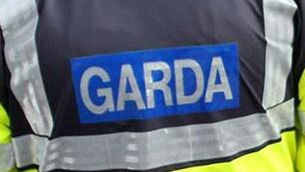Catch-up channel to beef up RTÉ digital offering after switch
The channel is part of a package of changes the broadcaster is drawing up in preparation for the national switch-over to digital television.
In 2012, in common with the rest of Europe, the current analogue system of transmitting programmes will be switched off and all channels will be aired using digital technology. Householders not subscribing to private satellite television providers, most of which are already in the process of going digital, will have to buy a receiver if they want to continue getting RTÉ.













